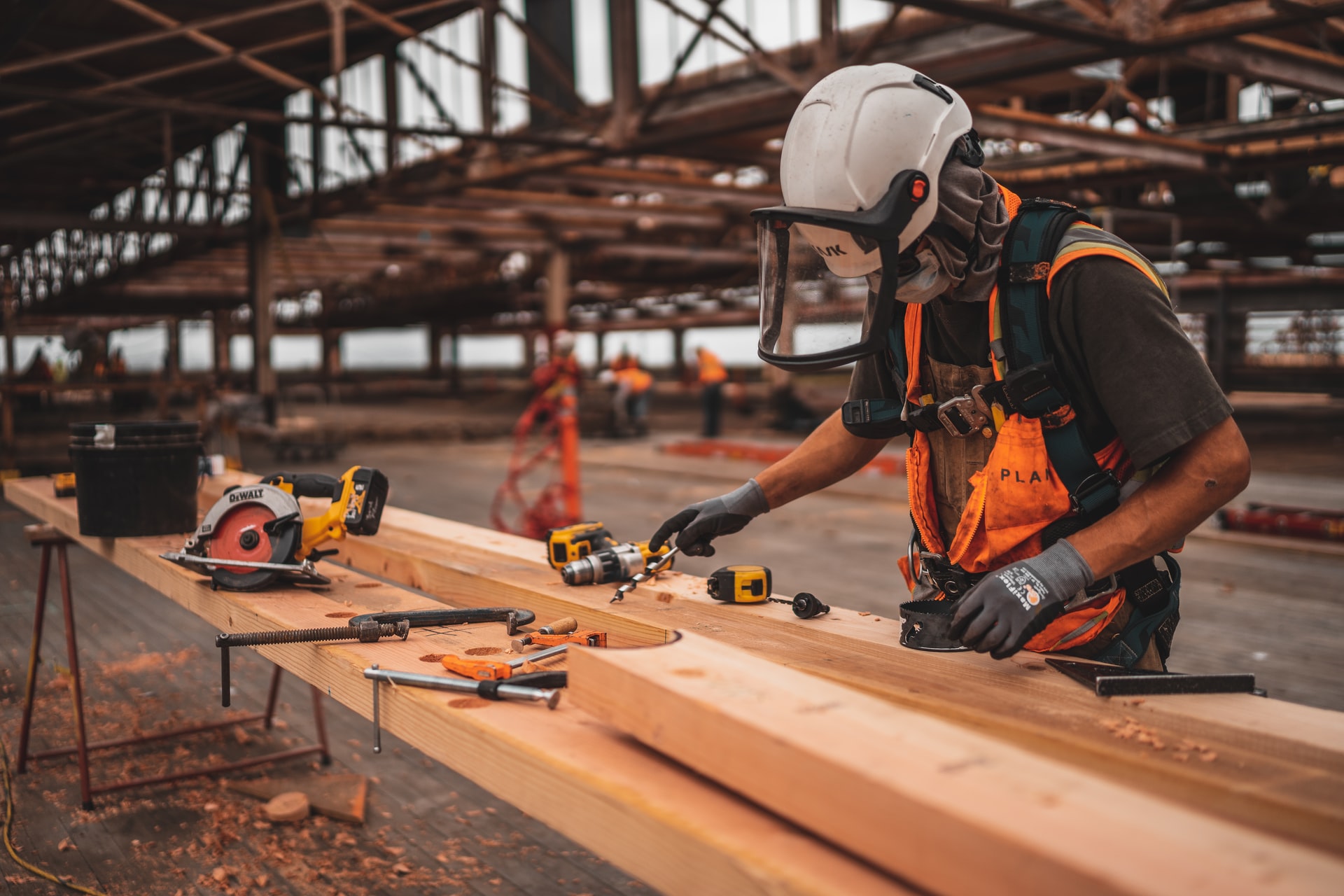Every year, thousands of construction workers are injured or killed due to injuries caused by lifting and moving heavy materials. It is the leading cause of death in the construction industry. To reduce this number, many companies have implemented manual handling training for workers. This blog post will discuss some manual handling training for home construction workers to help reduce injuries and increase efficiency on site.
What Is Manual Handling Training?
 Manual Handling training is a course for home construction workers on the proper techniques and procedures to prevent injuries from lifting, moving, carrying, or handling objects. In Massachusetts, employers are required by law to provide manual handling training every two years. Homebuilding companies should have their employees take part in this program at least once every two years because it will help prevent injuries, which are expensive to the company. Home construction employees who move or handle objects must be aware of proper lifting techniques and always bend their knees when picking up heavy items. Workers should never lift more than 50 pounds at a time unless they have received specific training for this type of task. Other helpful information covered in manual handling training includes the best way to use a forklift, what kinds of equipment are available for moving heavy objects and how to handle hazardous materials.
Manual Handling training is a course for home construction workers on the proper techniques and procedures to prevent injuries from lifting, moving, carrying, or handling objects. In Massachusetts, employers are required by law to provide manual handling training every two years. Homebuilding companies should have their employees take part in this program at least once every two years because it will help prevent injuries, which are expensive to the company. Home construction employees who move or handle objects must be aware of proper lifting techniques and always bend their knees when picking up heavy items. Workers should never lift more than 50 pounds at a time unless they have received specific training for this type of task. Other helpful information covered in manual handling training includes the best way to use a forklift, what kinds of equipment are available for moving heavy objects and how to handle hazardous materials.
Overview of the Risks and Prevention Measures
The manual handling training course is designed to overview the risks and prevention measures for manual handling in the home construction industry. The course is approximately an hour long and will cover issues such as ergonomics of manual handling, common injuries related to manual handling activities, and how to prevent these types of incidents from happening again. Manual handling training can help prevent injuries in home construction workers, keeping them healthy while on the job. Proper lifting techniques should always be used when handling items that are particularly heavy or bulky. Forklifts and cranes are commonly used in the construction industry to aid workers who need assistance with moving heavy items. The risk factors associated with manual handling activities include heavy objects, awkward positions of the body, and repetitive movements.
Performs Practical Exercises
 Practical exercises are performed in the actual workplace but with the comforts of an indoor training room or gymnasium, allowing workers to perform these tasks safely before being exposed to them on site. The final component is debriefing – this allows for learning about what works and doesn’t work within the actual workspace, which you can use to develop training programs for future employees. And finally, the most crucial part is being mindful of your surroundings. It would help if you had specific tools before moving heavy objects on-site, including a weightlifting belt, knee pads, and protective footwear. If any entity has sharp edges or protruding nails, it’s best to move it with someone else to avoid injuries. As you can see, manual handling training for home construction workers is essential and should be a priority.
Practical exercises are performed in the actual workplace but with the comforts of an indoor training room or gymnasium, allowing workers to perform these tasks safely before being exposed to them on site. The final component is debriefing – this allows for learning about what works and doesn’t work within the actual workspace, which you can use to develop training programs for future employees. And finally, the most crucial part is being mindful of your surroundings. It would help if you had specific tools before moving heavy objects on-site, including a weightlifting belt, knee pads, and protective footwear. If any entity has sharp edges or protruding nails, it’s best to move it with someone else to avoid injuries. As you can see, manual handling training for home construction workers is essential and should be a priority.
This article has hopefully helped to give you some insight into the importance of this training and how it will help your company in the long term. If you’re still not convinced about getting an expert on board with your team, we’re here to help!

